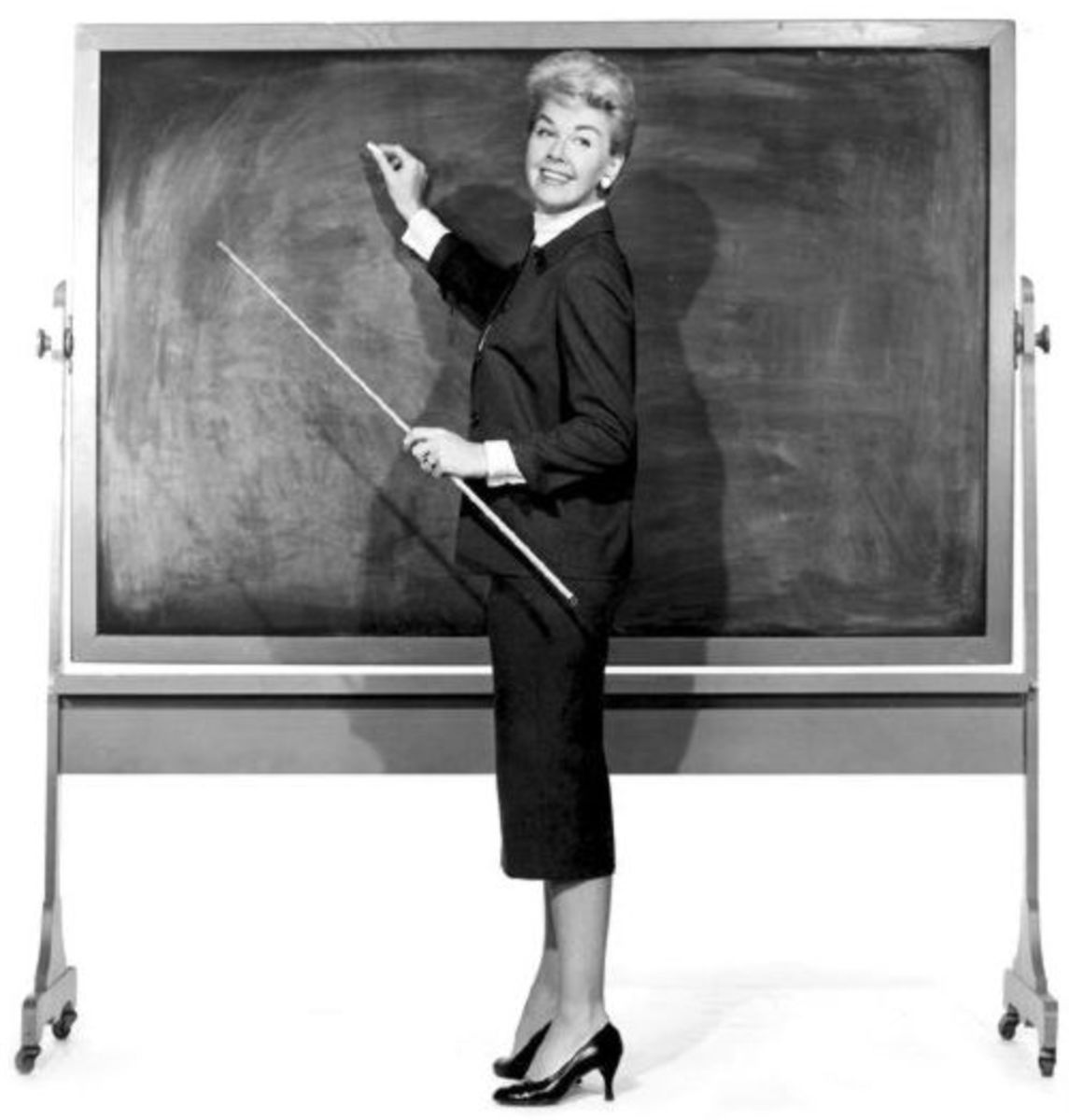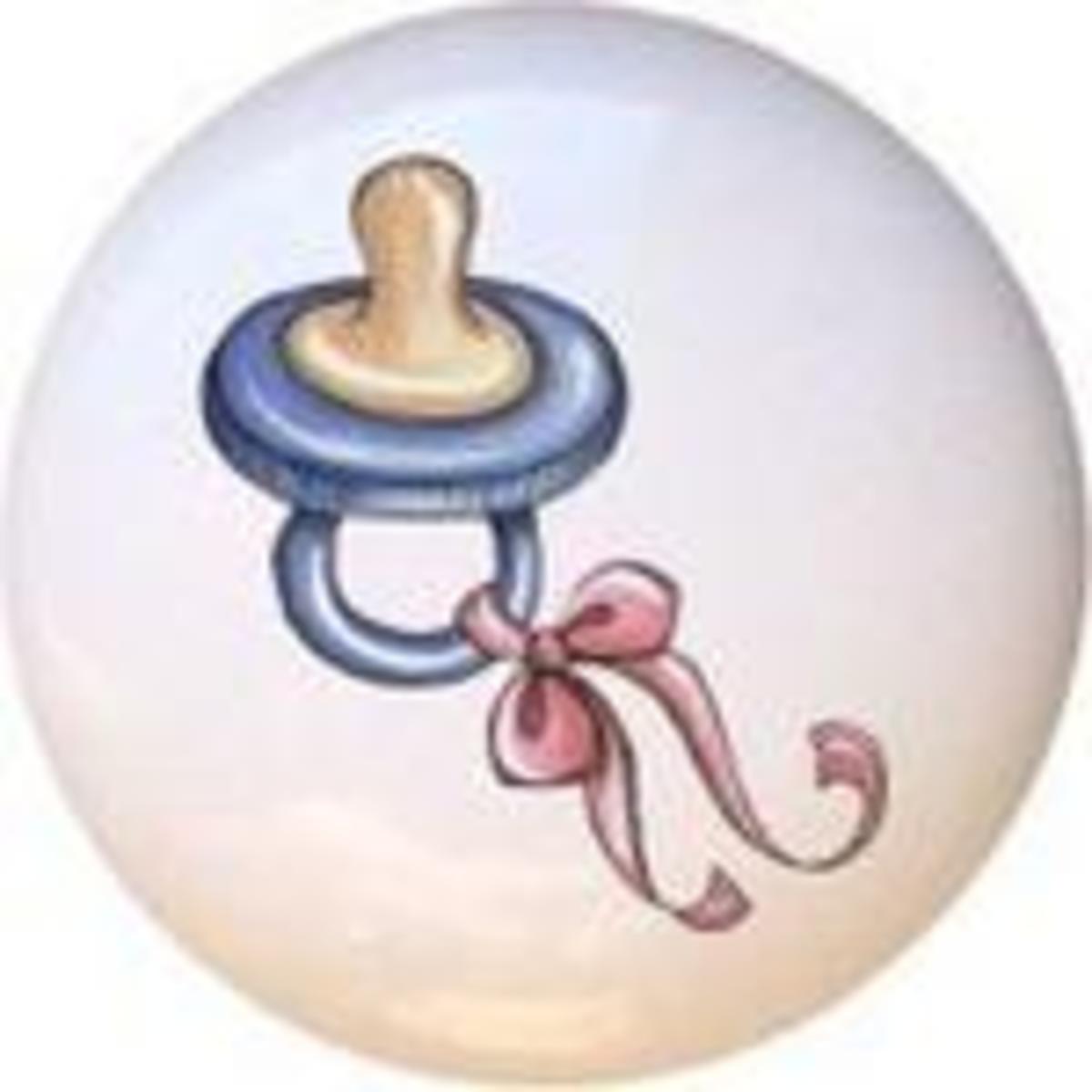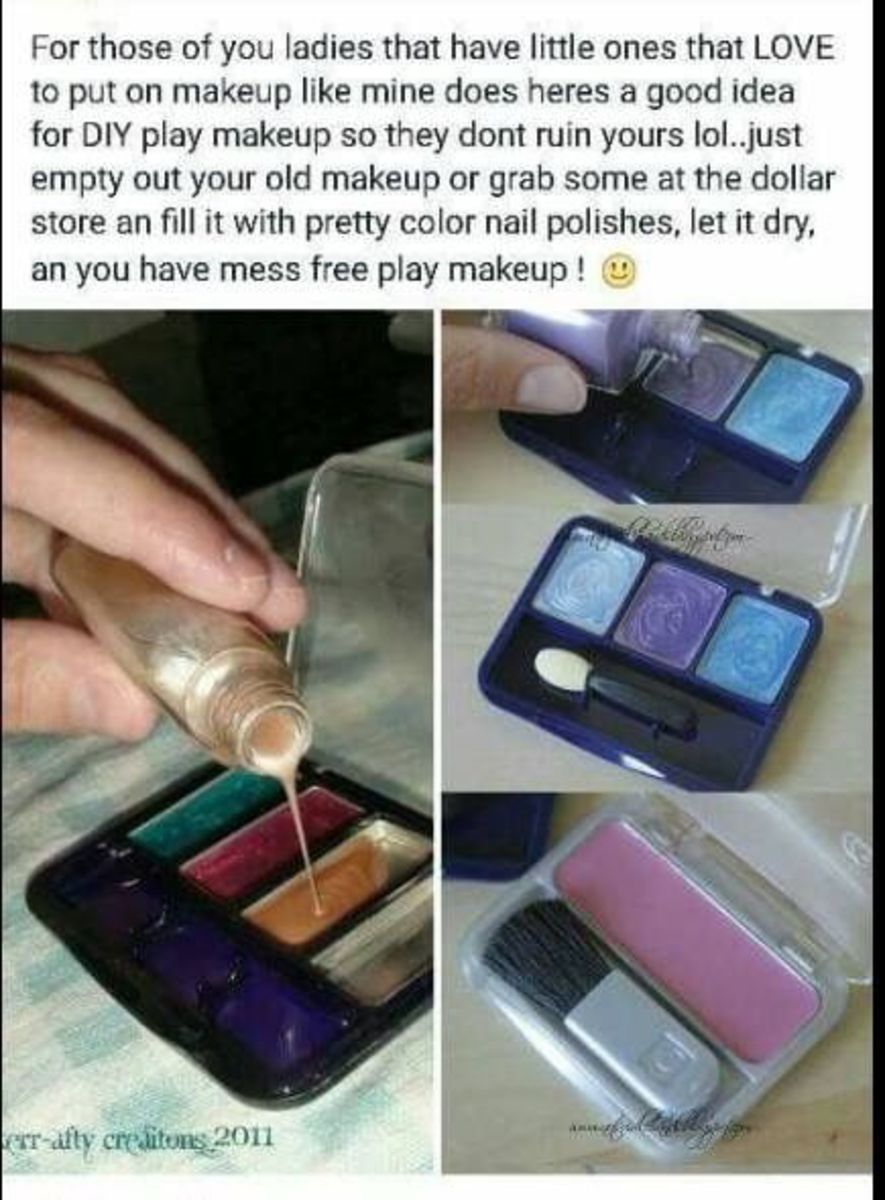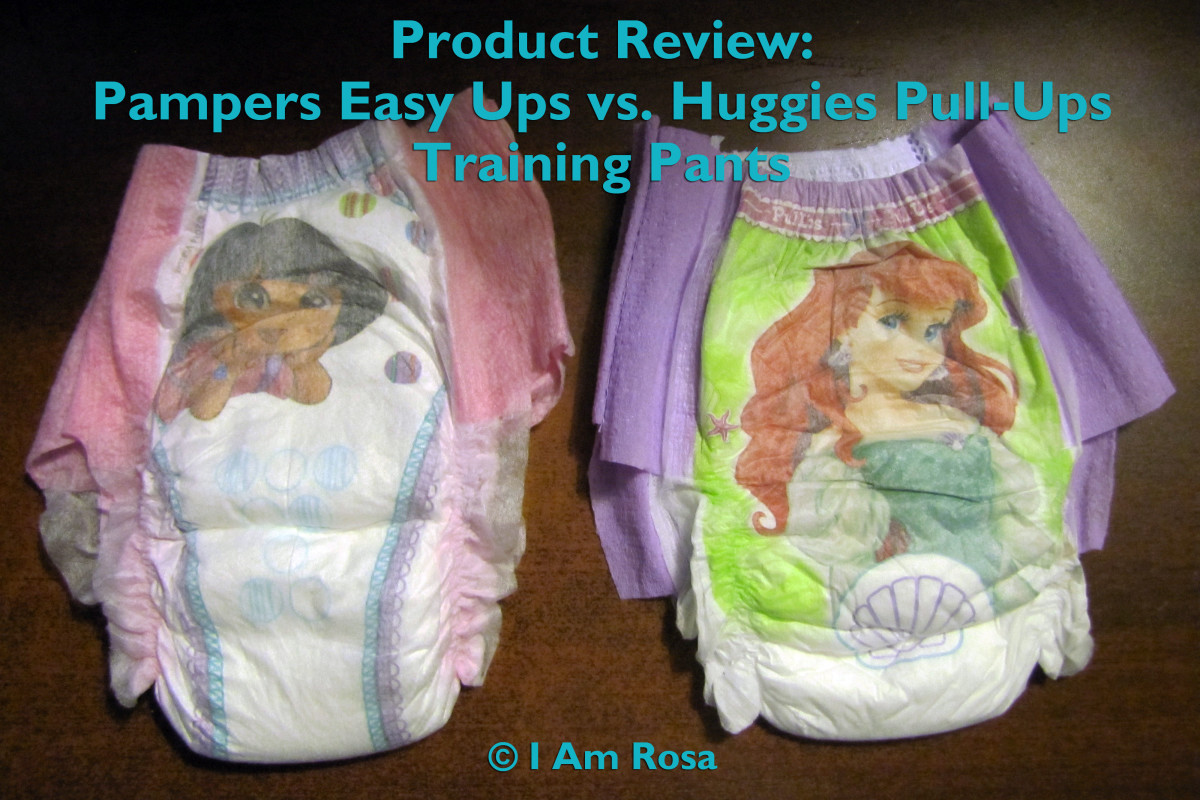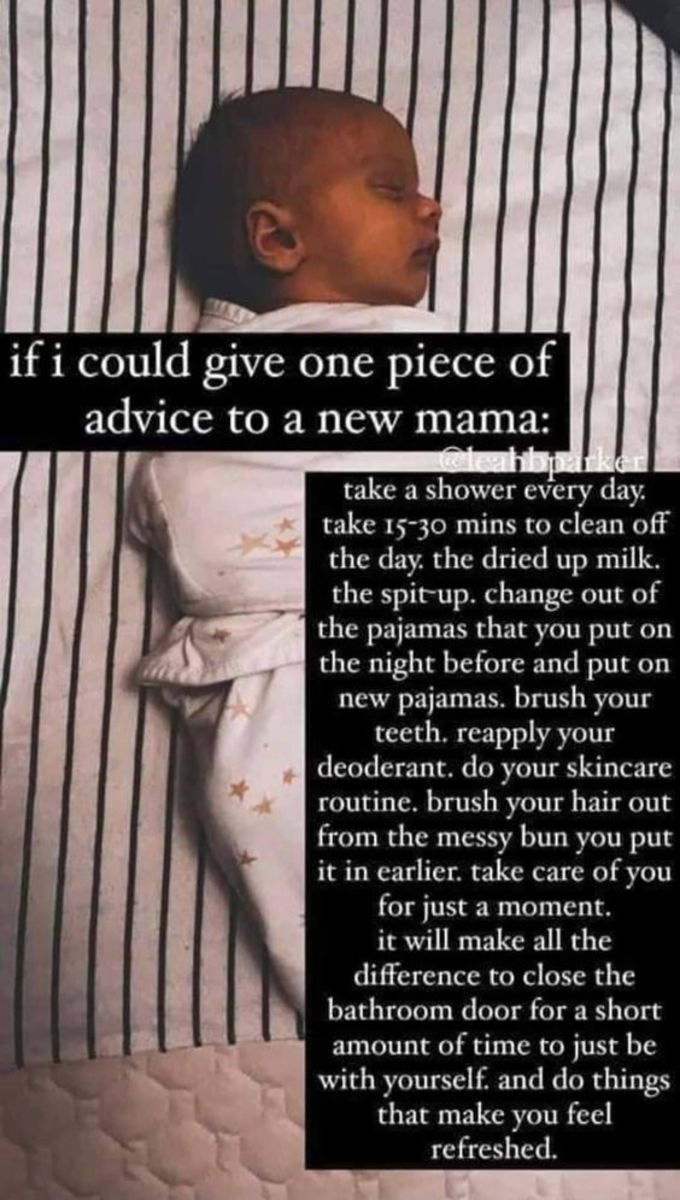Pacifier Could Be A Danger To Baby
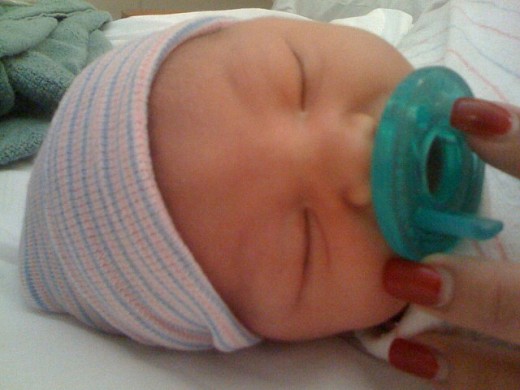
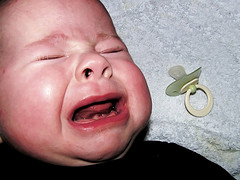
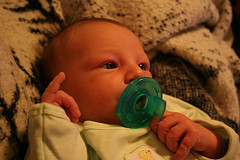
In the old days giving baby a pacifier was considered indulgent. Pacifier were rarely, if ever used because it was important not to allow baby to develop bad habits. But, sometimes the pacifier is the only comfort tool that helps baby through a developmental stage. Not every baby will make use of a pacifier, individuality dictates the relevancy of this comfort tool. Whatever the stage it is crucial that parents allow and nurture all levels. Baby when nurtured through every stage develops into a happy, confident individual.
A Phone Conversation
It was a cold wet Wednesday, when I answered the phone, it was my sister on the other end. She said she wanted to talk to me about something she heard I was doing. Her voice was serious as she proceed to tell me that “giving” my daughter the pacifier was a grave error. My first reaction was that she was kidding. But as she continued with “I am not trying to interfere” and continued to share how the use of a pacifier was detrimental to my daughter, I realized that she was very serious. We spoke at length and at the end of the conversation she was confident that her point was made and I was confident that as a mother I knew what was best for my child. My daughter was in what some might call her “oral” stage of development. Her comfort came from the pacifier. The pregnancy and birth was not easy, so her oral stage was very important to her development. I gave her the pacifier because as a mother I saw her need. My sisters and others who are against the pacifier do not understand individual situation supersedes tradition and superstition.
Making The Best Decision For Baby
As a new mother I began to realize that I had to trust my instinct when caring for my daughter. Grace clung to her oral stage, experts call it “sensory stage”, longer than the average baby. She explored her world in every single sensory measure and ultimately found ways to put all objects in her month. So, the pacifier was the best decision for my daughter’s sensory stage. She had the pacifier until she was a year. One day she decided she did not want the pacifier and her oral stage came to an end.
Nurturing Baby
As parents, in particular as a single parents, we at times do not understand how important each developmental stage is to our child. To overlook any stage prevents the fostering of a happy and confident person. Each baby is different and as such should be cared for according to his individual needs. It is essential that baby resides in a nurturing environment and successfully mature at every developmental level.
The Best Time To Introduce The Pacifier
Allowing baby to use a pacifier in and during the developmental sensory stage does not cultivate a bad habit. There are however, some pros and cons in giving baby the pacifier, before going through these pros and cons, an important pause is necessary to make a special note for breastfeeding mothers. The American Academy of Pediatrics suggest that mothers who breastfeed introduce the pacifier after the 4th month. This delay allows mother and baby to adapt to the breastfeeding process and minimize confusion during the learning process.
For the many mothers who decide to give baby the pacifier to sooth baby or to help him sleep, below are some added benefits for using the pacifier.
- Maternal and Child Health conducted a study that supports that the use of pacifier lowers the possibility of infant death syndrome (SIDS).
- Since the breast or bottle cannot always be available to baby the pacifier helps meet baby’s need to “suck”.
Mothers who choose not to use the pacifier because they firmly believe it creates bad habits here are some additional side effects.
- Studies show that babies who use pacifier are more likely to get ear infections.
- Long term use of pacifies will cause dental issues.
If you are undecided or feel the pacifier is the way to go for your baby pause and ponder these important factors in choosing a pacifier.
- Silicone pacifiers are easier to clean, stronger and do not absorb odors.
- Latex pacifiers do not hold up when washed repeatedly, and absorb odors.
- Not all pacifiers are dishwasher friendly.
- The plainer the pacifier the better, avoid “gel and other liquid” substance in pacifier.
- Make certain the nipple is firmly attached.
As baby begins to use the pacifier below are more considerations.
- There is major concern of pacifiers that are labeled bisphenol-A(BPA)-free. Use with caution.
- Select pacifiers without any attachments.
- Like diapers pacifiers are month appropriate.
- Never share pacifier.
- Purchase pacifiers with holes in the “shield”. The shield is the body of the pacifier.
- Do not dip pacifier in other substances before giving to baby, this will create dental complications.
If the child is over 2 years and shows no signs of wanting to give up pacifier, it is best to wean him from the device. Here are some helpful suggestions.
- At timed intervals withhold binky.
- When baby has binky wait until he removes it from his month, puts it down and walks away to withhold binky. It is never a good idea to forcefully remove binky from baby’s mouth.
- Limit the use of pacifier to stress and bed times.
- Use only positive interactions when withholding pacifier.
- Set up a pacifier “no use” routine for all of baby’s caregivers.
A Germ Free Use Of The Pacifier
Equipped with the knowledge of the constancy of sequence of effects having to do with the use of the pacifier, I still opted to give my daughter the pacifier. She needed it. She cried less, slept better and used it a lot when she was teething. I was one of those "germophobe" parents so I purchased a pacifier case and cried extra pacifiers in the baby bag just in case the pacifier was to fall in the most inappropriate place or time.
Experts recommend the weaning of the pacifier to begin at 6 months. My angel was not weaned after that period, she held on to the pacifier and I let her. It was a habit that was a great comfort to her and when she felt comforted she was a happy baby. One day I popped the binky into her month and she spit it out and looked at me as if I had tentacles coming out of my head. Her privation for the pacifier came to an end and all I did was watch and wait. Sometimes parenting is just watching, to ensure safety, and waiting until the child is ready to make a change.

